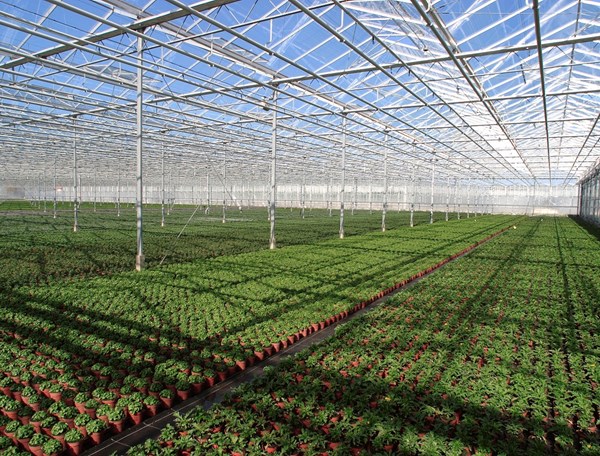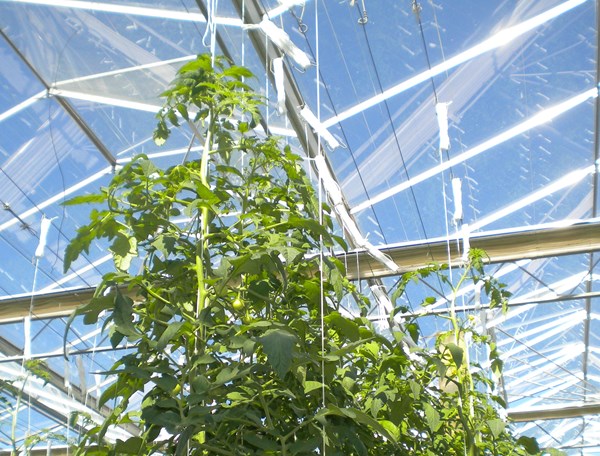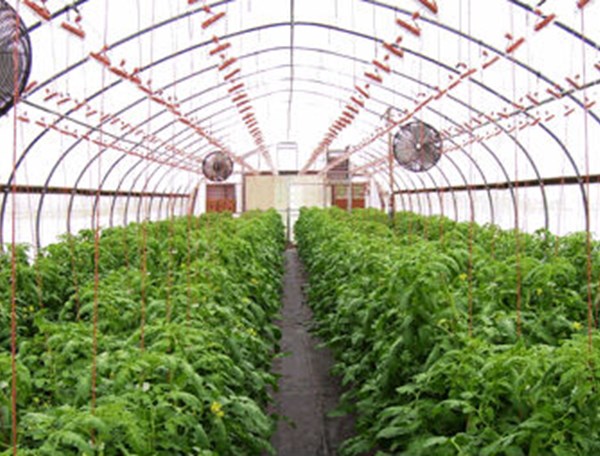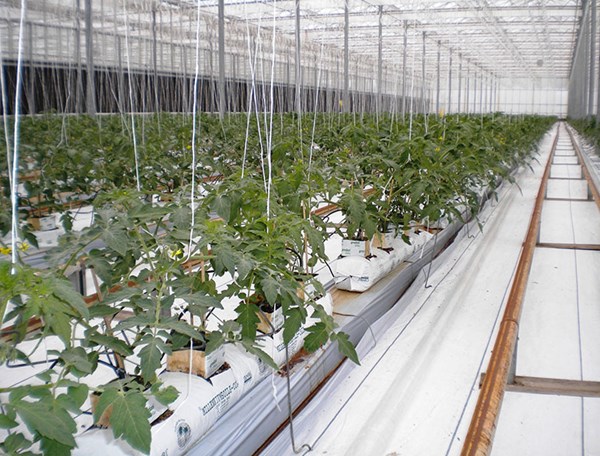Training Center
Fungus Gnat Attraction to Growing Media
Thursday, September 7, 2023 | Troy Buechel
Fungus gnats and shore flies are the two common flies that spend part of their lifecycle in the growing medium of containerized plants. Fungus gnat larvae eat fungi and sometimes algae found in the growing medium, but can also eat roots and simultaneously vector disease.
One wonders why one growing operation has few fungus gnats while another has a lot. Often the growing medium is singled out as the source. A recent study done by John Sanderson, Neil Mattson and Elizabeth Lamb at Cornell University (seen in Greenhouse Grower, June 2014) looked into the relationship between fungus gnats and their preference to growing media.
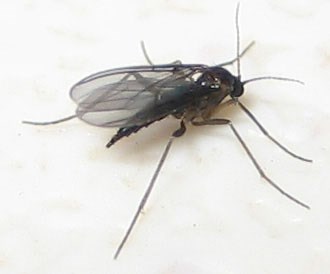
Fungus gnat. Photo Credit: (cc) EBKauai/flickr
Growing Medium Attractiveness to Fungus Gnats
In their experiment, there were four groups of growing media: standard peat growing media, organic peat growing media, organic bark growing medium and organic compost growing media. The study found that the number of adults visiting each category of growing media did not vary, but the number adults emerging from the females’ egg laying activity did.
The number of adults that emerged from the growing media in order from fewest to most is: standard peat growing media, then organic peat growing media, organic bark growing medium and finally organic compost growing media. In fact, there were three times as many adults that emerged from the organic compost growing media vs. the standard peat growing media.
Since the number of adults that originally visited each growing medium was similar, the type of growing medium was not a significant consideration where females laid their eggs. So either the adult females laid more eggs per visit in compost growing media or compost growing media were more hospitable for fungus gnat larvae survival since they contain high levels of fungi which fungus gnats use for food.
Growing Medium Water Retention
In general, the growing media with the highest water retention (and took longer to dry between waterings) had the highest fungus gnat emergence. Although the type of growing medium was not important, the moisture content was significant as it influenced the number of fungus gnats that made it to adulthood.
Organic compost growing media naturally have more fungi as opposed to peat growing media, but a very moist peat growing medium could eventually have fungi growing in it. Research has shown that growing medium that is constantly overwatered has reduced fungus gnat populations, but crop quality suffers.
Conclusions
They type of growing medium has little influence on female fungus gnat egg laying activity. Compost growing media support higher fungus gnat populations perhaps because they have more natural fungi or they maintain high fungi populations due to their slow dry down rates. Even peat growing media can attract fungus gnats if it is not allowed to dry out properly. The best way to reduce fungus gnat populations is not to discontinue using your existing growing medium; it is to encourage rapid dry down of the growing medium and to grow dry, especially in the winter.
For more information, contact your Premier Tech Grower Services Representative:
 |
 |
 |
 |
|---|---|---|---|
|
Ed Bloodnick |
Nathan Wallace-Springer |
Lance Lawson |
Victor Brantly |
 |
 |
 |
|
|
Troy Buechel |
Susan Parent |
Jose Chen Lopez |
PRO-MIX® is a registered trademark of PREMIER HORTICULTURE Ltd.
Related Articles
-
Greenhouse Herb and Vegetable Production – Part 1/4 - Location
In this four-part series, we will look at the ideal location, structures and environment needed to grow vegetables and herbs in a greenhouse production facility. In this first part, we will discuss the first step: finding the ideal location to start a greenhouse production facility.
-
Greenhouse Herb and Vegetable Production – Part 2/4 – Greenhouse Structure
In this second part of our four-part series on growing vegetables and herbs in the greenhouse, we will focus on the greenhouse structures needed to produce quality crops.
-
Greenhouse Herb and Vegetable Production – Part 3/4 – Greenhouse Environment
In this third part of our series on growing greenhouse vegetables and herbs we will focus on the ideal greenhouse environment.
-
Greenhouse Herb and Vegetable Production – Part 4/4 – Growing Media
In this fourth and last part of our series on growing greenhouse vegetables and herbs, we will address the appropriate growing medium to use.

 Where to find our products
Where to find our products
